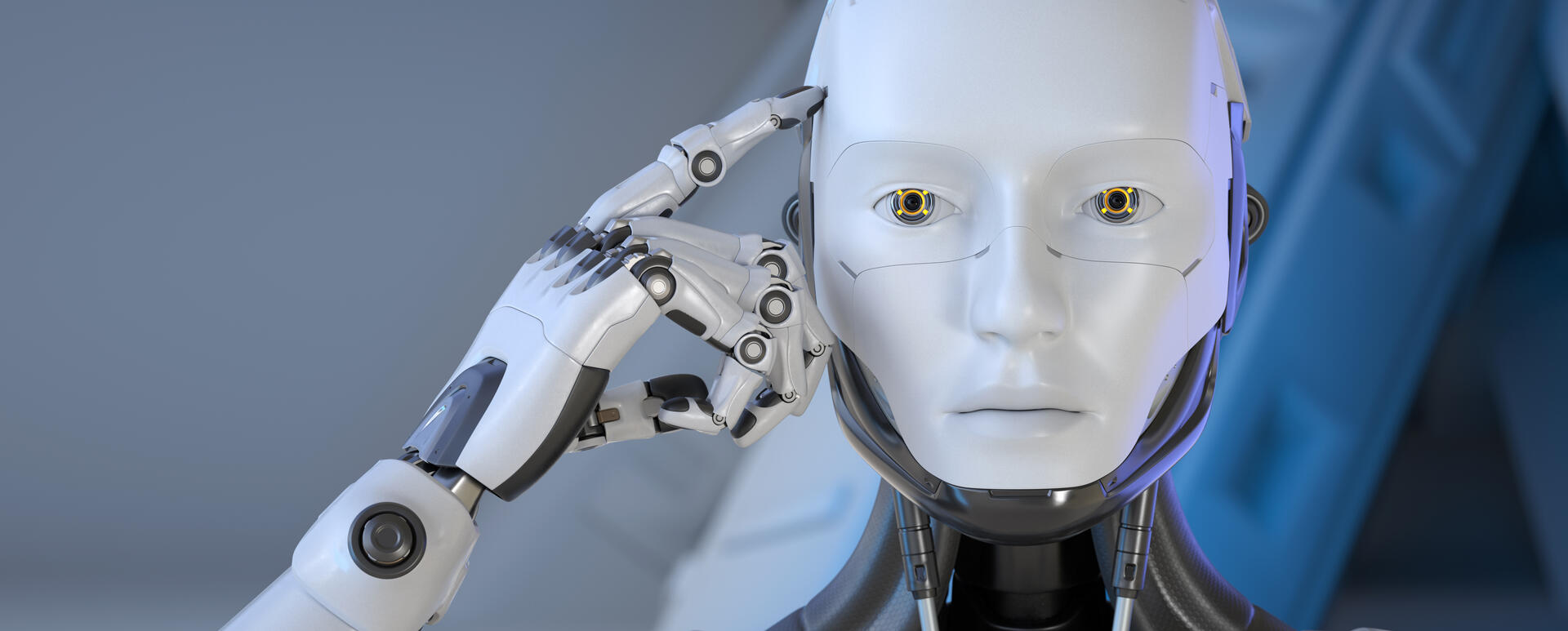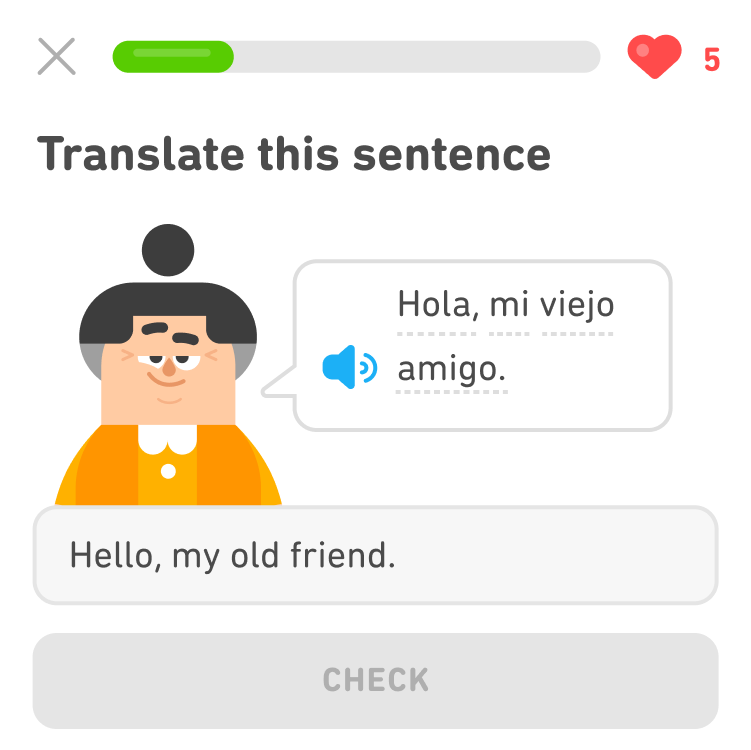
What are Chatbots and When to Use Them?
Looking for information about products and services on the web, we may come across many chatbots. Artificial intelligence is increasingly replacing humans not only in repetitive, manual tasks but also in sales or customer support. In which situations is it worth using a chatbot?
What is a chatbot?
According to information gathered in 2020 for the fourth edition of the State of Service report, 65% of consumers prefer self-service for uncomplicated tasks. Thus, it's no surprise that chatbots are growing in popularity.
Chatbot is a computer program designed to process a conversation (provided to it in the form of audio or text) and simulate the human ability to converse. The main purpose of chatbots is to make it easier for humans to interact with electronic devices and improve the digital customer experience. Using the latest technology, it’s possible to make a "conversation" with a machine resembling communication with a real person.
Of course, not every chatbot can "fool" an interlocutor and convincingly pretend to be human. Most of them are simple programs that answer short questions pointed out by users. However, you may come across complex chatbots - such as digital assistants that can learn and evolve through artificial intelligence. Over time, they present an increasing level of personalization as they collect and process large amounts of information. Chatbots use advanced natural language processing (NLP) techniques and machine learning (ML).
Declarative chatbots
These bots are also referred to as task-oriented. Their purpose is to perform one specific activity, such as answering frequently asked questions. Such a chatbot is basically an interactive version of the FAQ (frequently asked questions) section on the website or in the app. These are probably the most commonly used chatbots because they are the simplest. You don’t need to involve a developer to create them – it’s sufficient to use the right software.
A chatbot is able to solve some real problems, such as answering queries about working hours or simple transactions with no variables. These types of programs make life a little easier for current and potential customers, who can ask a specific question instead of having to search for the answer themselves in the website content. Simple chatbots use NLP and, to a smaller extent, machine learning. They generate automated but conversation-supporting answers to user queries. The conversation isn’t very natural.
Conversational chatbots
This type of chatbot is a highly personalized software with the ability to adapt to situations. It’s also often referred to as a virtual assistant or digital assistant because it gives the impression of human intelligence. Unlike declarative chatbots, conversational ones are multi-tasking, much more interactive and personalized.
Conversational chatbots can learn and develop and have the ability to process and understand natural language. This means that they are able to understand the needs of a given speaker from the context of the utterance. Complex bots of this kind use predictive intelligence (predictive analysis involves processing data to predict the future, inferring future events) and analytics. Data and customer responses during interactions are collected and analysed. These technologies allow chatbots to increasingly adapt their behaviour and responses to the profile of subsequent users.
In addition to monitoring data and intentions, chatbots can initiate conversations. Digital assistants learn user preferences. As time goes on, they provide an increasingly personalized approach to the customer. They can ask about a previous conversation, make recommendations, anticipate customer’s needs and even joke.
How to develop a good online chatbot?
You need to start - just like building any other business solution - with an idea. First, you need to think about what kind of chatbot you need. Define its tasks and answer the question of whether it should be a simple program or a virtual assistant capable of providing complex answers, consisting of advanced dialogue paths.
Developing a chatbot is similar to developing a mobile app and requires a messaging platform or service. Building a chatbot with modest capabilities isn’t difficult. You can even do it yourself using one of the free frameworks (e.g. Botkit, Botpress or Rasa). Of course, building a more 'human' bot is more difficult. Such a project requires a bigger budget and the involvement of a developer with experience in building chatbots.
Designing an engaging conversation for a specific chatbot is very important. The conversation pattern and the answers the chatbot gives are designed by real people experienced in developing such software. It’s also worth adding to the chatbot redirection of the user to another resource (e.g., a live employee, an order status page, a complaint form, etc.). This solution is necessary in case there are questions and problems that the chatbot cannot handle.
Creating an effective chatbot isn’t an easy but complex process. Technical programming tasks are one thing. The second challenge is to analyze the needs and expectations of the audience and design the personality of the chatbot to make it more human-like. The most important seems to be understanding customers' problems and anticipating situations in which they may need help from the website chat software. Careful and creative arrangement of dialogue paths is extremely important in these simple chatbots, which make only limited use of artificial intelligence. These are the users of simple programs who often need to be redirected to another source when the chatbot designer hasn’t created a dialogue option related to a particular problem, or the chatbot is unable to perform a particular action that would solve the customer's problem.
Advantages of having chatbot software
Building a chatbot for your company can solve many business problems. It is one of the most interesting functionalities useful in ecommerce. A virtual assistant will help you provide:
- 24/7 service. Users of an app or website shop use services and encounter various problems around the clock. However, one consultant can work on average for about eight hours. The chatbot works efficiently for 24 hours, so your customers can get support at any time.
- Faster customer service and problem-solving. The customer doesn’t have to queue or wait to be connected to a live consultant. A chatbot will handle it right away, and it’s designed to solve the customer's problems as quickly as possible.
- Improved customer experience. A chatbot enhances the consumer experience, whether it’s shopping or using an app or website. It efficiently answers questions and helps the customer get the information they need or perform an action. A well-designed chatbot can even turn a negative experience into a positive one.
- Greater personalization of the service. When you contact a call centre, you end up with a different person each time; meanwhile, the chatbot remembers your previous calls, purchases and problems. A sophisticated digital assistant can relate to your previous experiences.
In addition to the positive impact on consumer satisfaction with your brand, creating a chatbot also impacts the overall performance of your business. Thanks to automation, using a virtual assistant allows you to significantly reduce the cost of customer service. A chatbot can solve simple problems, so you can reduce the number of specialists you hire. A more complex chat software can guide the customer through personalizing the product you're offering, retrieve the shipping address and help complete the transaction. As you can see, a chatbot is able to effortlessly perform many of the duties that previously have been performed by a live salesperson.
A chatbot also provides more opportunities to gain customers and increase sales. Many digital assistants are able to offer customers extra discounts, recommend products, help them find the right services or things on offer. A virtual advisor can significantly reduce the shopping cart abandonment rate by helping to finalize an order. Chatbots collect relevant data all the time, which can be useful not only for customer service but also for analysis, making recommendations for your business or marketing automation.
How can you use a chatbot on your website or app?
Are you wondering how the chatbot could ease the burden on your team? In some situations, it can take over some of your specialists' duties. In other situations, it can replace them completely, saving you money and allowing you to redirect your employees to more complex tasks. See what tasks business bots can do.
Basic customer support
Declarative chatbots are most commonly used to perform customer support functions and create a robust and interactive FAQ. The chatbot can answer simple questions from your customers, such as: What is the delivery date? Or How can I make a return? With a chatbot, you can help customers quickly review the terms and conditions of your online shop.
Dealing with complaints
Virtual assistants are also used in ecommerce to receive complaints and grievances. In some situations, they can decide whether a customer is due a refund. In more complex cases, they send a request to a live consultant and then come back to the customer with a decision.
Tracking orders
Queries about the status or current location of a delayed order can take up a lot of customer service consultants' time. Chatbots for order tracking are most commonly found in ecommerce in retail. Still, the solution also has potential for B2B, logistics, transportation, etc. Virtual advisors can provide information about the current location of an item or vehicle and make it easier for both individuals and companies to organize their workday or carry out tasks, as they will have real-time access to information about the status and location of a shipment.
Sales and order customization
Normally, when you want to order a product tailored to your individual needs, you need to contact a consultant or salesperson from the company in question. A chatbot can replace a real employee and guide you through the customization process. Such a program will collect your answers and create an order, and then help you finalize the transaction. At the end of the purchasing process, it’ll send the information to the company's system.
Inspiring chatbot examples
You most likely come across chatbots quite often when using your banking, sales or entertainment applications. We selected some examples of unique programs of this type to show you how functional virtual assistants can be.
Wish
The chatbot of this sales application works in the browser and in the mobile version. It’s an example of a multifunctional digital assistant. It’s able to answer simple questions about the operation of the portal or direct you to the relevant information section. It provides tracking data and initiates a conversation with the customer if there are difficulties with the order (cancellation, out of stock). The chatbot of the online shop Wish also decides to grant refunds in obvious cases, such as when a product doesn’t match the description or hasn’t arrived. It may also grant additional discounts on subsequent products in the event of delays.
Kuki
Unlike most chatbots, whose existence has a specific business purpose, Kuki exists to simply talk. This app was created to discuss everything. It can formulate witty answers and send matching gifs to the queries. Thanks to artificial intelligence, it will understand your language, expressions and emotions. It adapts to an interlocutor, making conversation almost as natural as a real person.
Source: Kuki
Thousands of people talk to Kuki every day. Some of them probably out of curiosity, but some of them unfortunately because of loneliness.
Duolingo
Duolingo is a popular language learning application that allows you to practice a new language using gamification elements. Despite having written knowledge of a language, many people are afraid to use it in a real-life situation. Duolingo has built native chatbots into its app to help users gain conversational skills, practice what they’ve learned and dare to use a foreign language in practice. The bots have different personalities and avatars. The different characters are senders of emails from Duolingo reminding the users of their daily exercise. They also appear in push notifications on the phone, including those with lesson reminders. They are also in the application itself - they read a piece of text, react (through animation) when the user does the exercises correctly or makes a mistake.

Source: Duolingo
The introduction of these characters solved one of the users' problems - it allowed them to practice pronunciation and sentence exchange freely and made learning through the app much more enjoyable.
Chatbot for each business
A chatbot is a great solution not only for the ecommerce industry but also for the medical industry, education, and many others. Almost every business can find a use for this type of software. Creating a digital assistant can help you save on customer service and increase sales. Wondering how to improve the capabilities of your ecommerce platform or build it from scratch? Learn more about our Drupal Commerce services.











